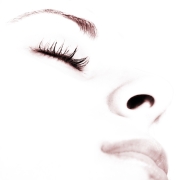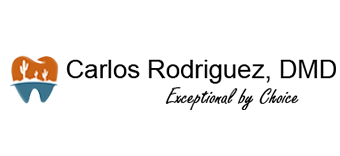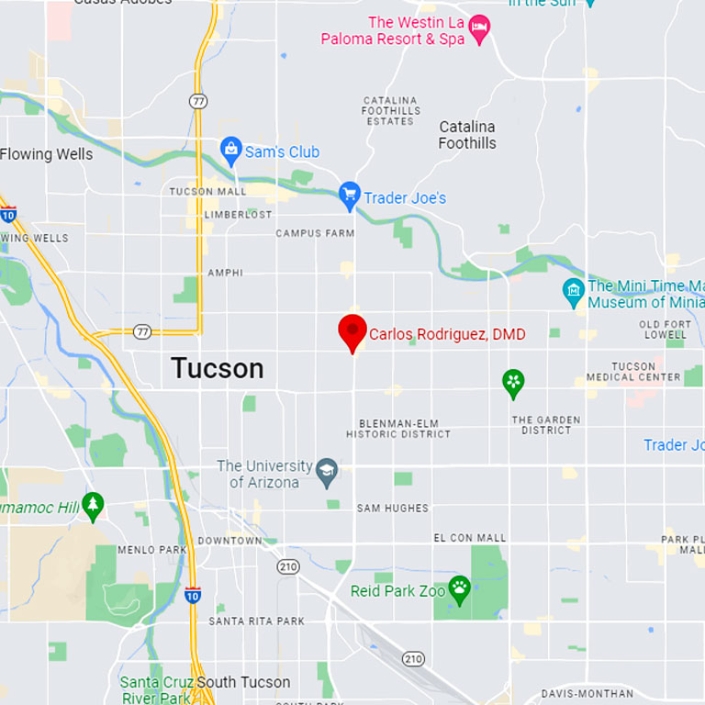Does BOTOX Carry Risks?
From treating TMJ to reducing migraines and tension headaches, BOTOX treatment has many uses in both medical and dental fields beyond the typical wrinkle reduction. Yet, if you’re interested in BOTOX, you will likely want to know the risks. The good news is that it’s generally considered safe when performed under a licensed dentist or other healthcare practitioner with the right training. That said, there are always some potential risks involved with any medical procedure.
Mild Risks of BOTOX
The most common side effects of BOTOX are mild and go away after a few days. These include pain or swelling at the site of the injection. Sometimes, people may experience a slight headache or flu-like symptoms at first. These mild symptoms usually resolve in a few days.
More Dangerous Risks of BOTOX
If the medication isn’t delivered properly, it can cause harm. That’s why it needs to be handled by a licensed practitioner, such as a dentist in Tucson, AZ. For example, if applied near the eyes, it can cause the look of droopy eyelids or crooked eyebrows if applied incorrectly. Some people may experience dry eyes or watery eyes. Similarly, near the mouth, it can cause a crooked smile or make someone drool. The most serious potential side effect is an injection site infection.
How to Avoid Side Effects with BOTOX
These side effects are scary but are entirely preventable if you work with a skilled practitioner, like Carlos Rodriguez DMD, your dentist in Tucson, AZ. If you’re interested in learning more about BOTOX treatment for TMJ, migraines, cosmetic needs, and other medical conditions, contact our team to schedule a consultation.






